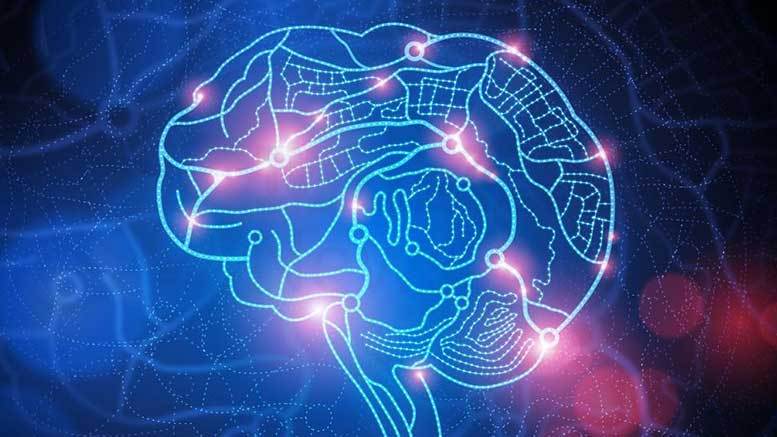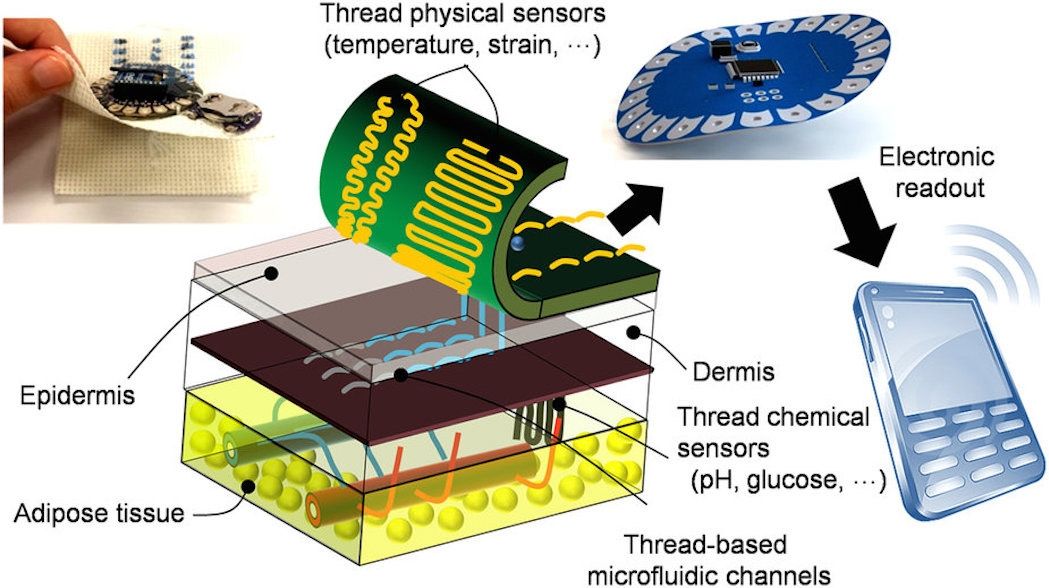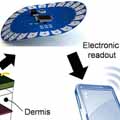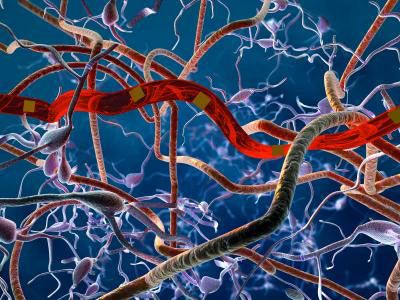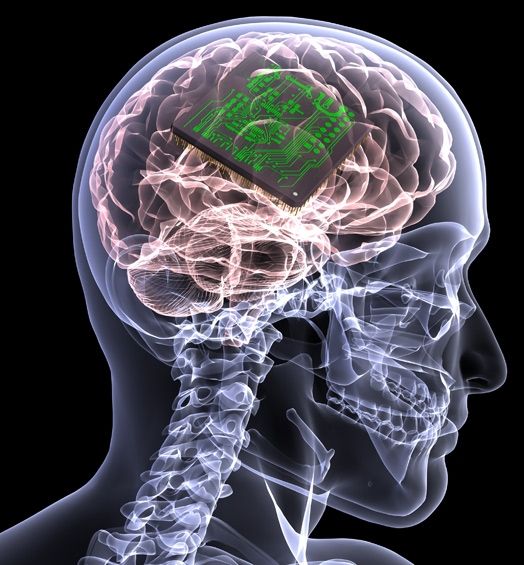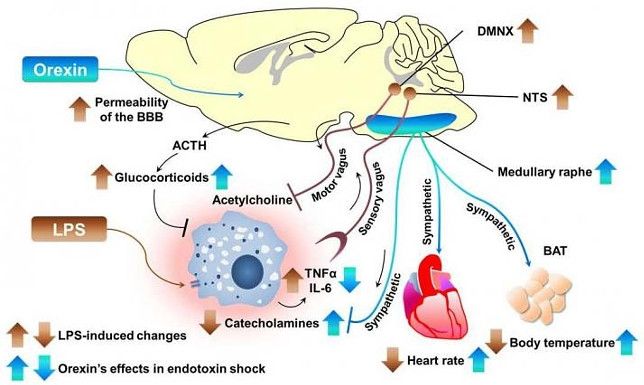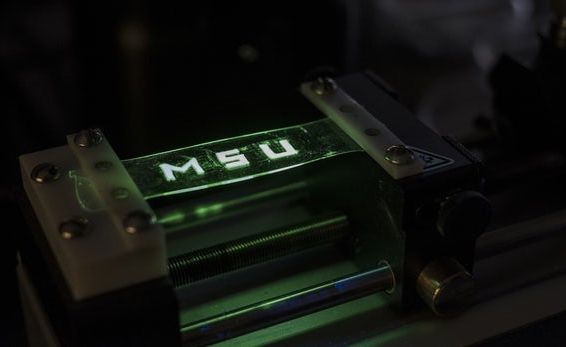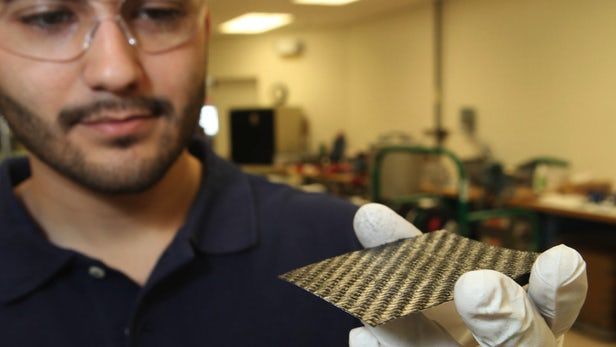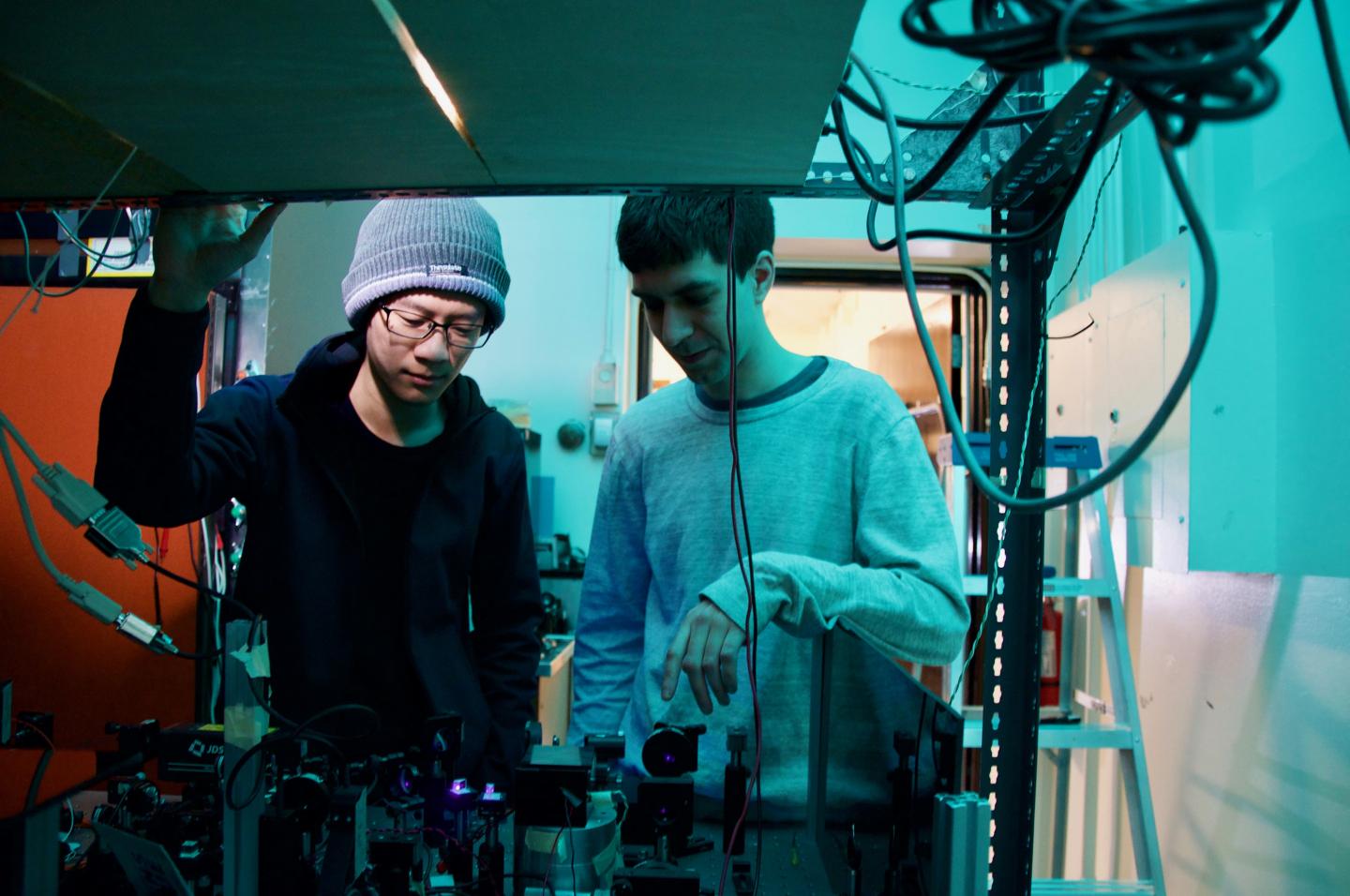Luv this.
Australian entrepreneur reveals brain-controlled telepresence robot. Teleport utilizes brain controlling interface to follow the focal point of a user’s mind and serve various fields of life.
Australian Developer has released a telepresent robot that will let the users attend school or work distantly. People, with a limited mobility of upper limb, will remotely attend tasks through this off-the-shelf mind controlling interface costing 200 UDDs.
Melbourne-based firm Aubot has created the brain controlling robot that is telepresent for doing the user’s task. The dubbed Teleport makes in using the MindWave brain controlling system to track the user’s mind focus. It works on the thinking pattern of the user when he/she focus over a particular entrance, the telepresent assistant moves.
